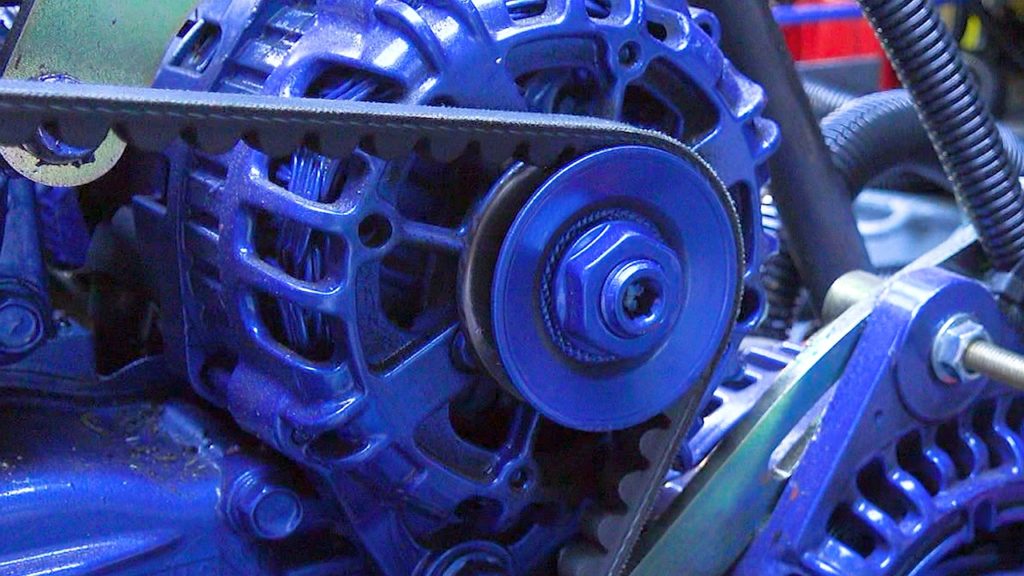Chris90!
Member
- Sep 7, 2022
- 31
- Boat Info
- 265 Sundancer 2022
- Engines
- 6.2 350 ECT
Hi All,
I have a 2022 265 Sundancer (an EU model, I think it’s the 270 in the States?)with a 350 6.2. The boat has 2 house batteries in parallel plus the engine start. For those that know, the engine bay isn’t the biggest and the 2nd house battery is located just aft of the fresh water pump on the post side. This takes up space on the shelf and makes it difficult to get into the port side of the engine bay. I don’t have A/C, but do have electric stove/microwave etc. the house batteries are around 105amp wet cell and poor quality from new
So, my question is, has anybody upgraded to Lithium from wet cell for the house bank?
I am considering a 230amp drop in Life4Po to replace the 2 wet cell batts, that frees up space and gives me some useful electrical capacity when away from the dock.
I have made the assumption that the alternator is okay at 70amp and around 14.4/6 charging.
any advice please?
I have a 2022 265 Sundancer (an EU model, I think it’s the 270 in the States?)with a 350 6.2. The boat has 2 house batteries in parallel plus the engine start. For those that know, the engine bay isn’t the biggest and the 2nd house battery is located just aft of the fresh water pump on the post side. This takes up space on the shelf and makes it difficult to get into the port side of the engine bay. I don’t have A/C, but do have electric stove/microwave etc. the house batteries are around 105amp wet cell and poor quality from new
So, my question is, has anybody upgraded to Lithium from wet cell for the house bank?
I am considering a 230amp drop in Life4Po to replace the 2 wet cell batts, that frees up space and gives me some useful electrical capacity when away from the dock.
I have made the assumption that the alternator is okay at 70amp and around 14.4/6 charging.
any advice please?





